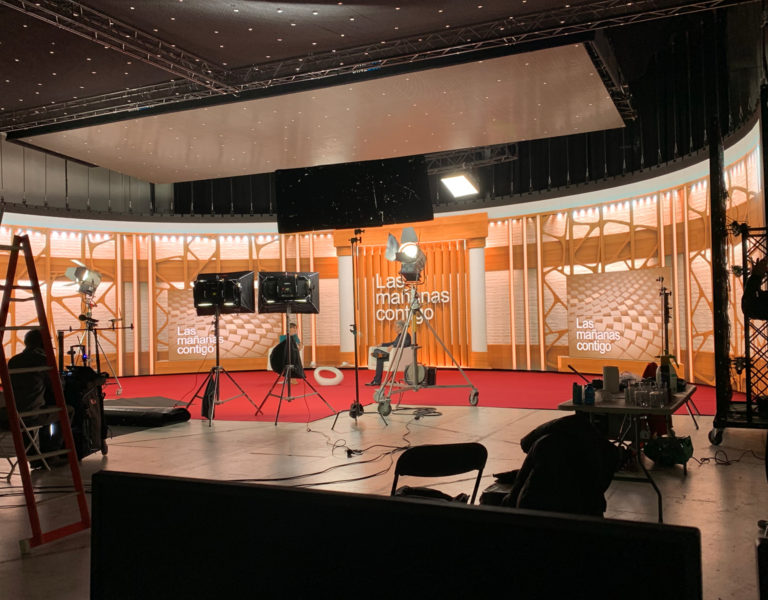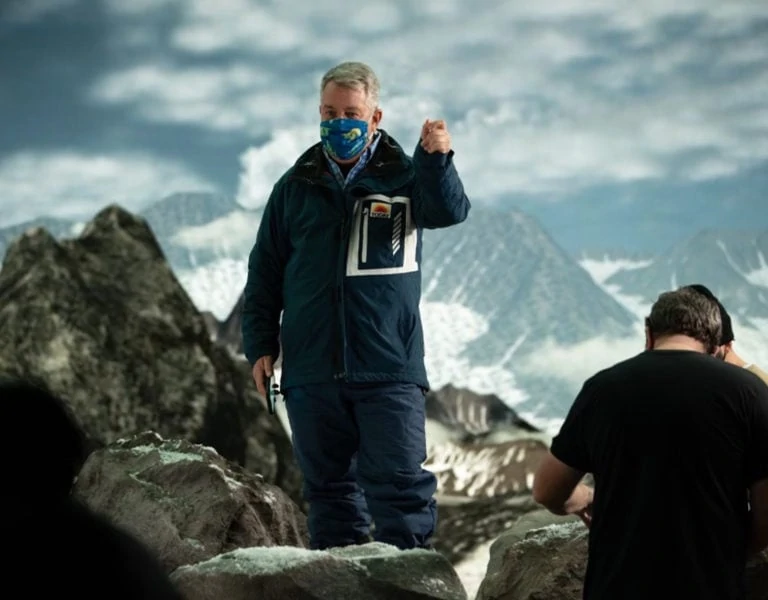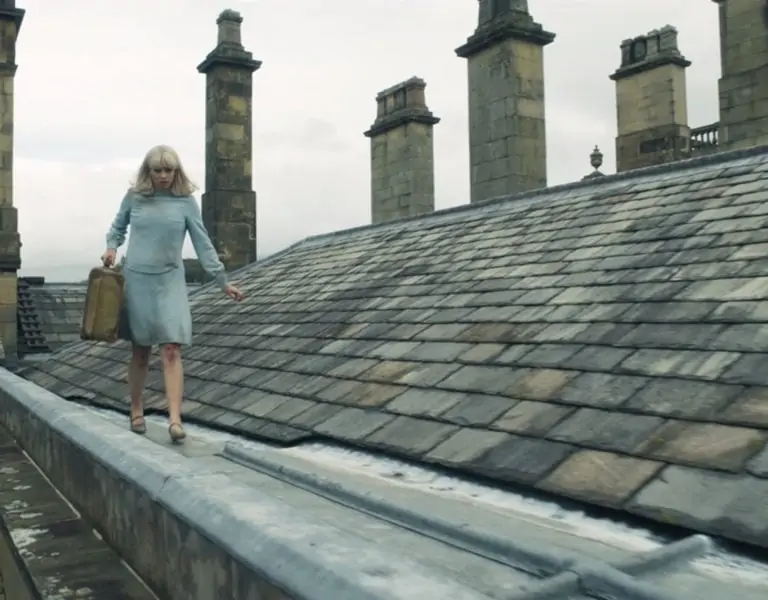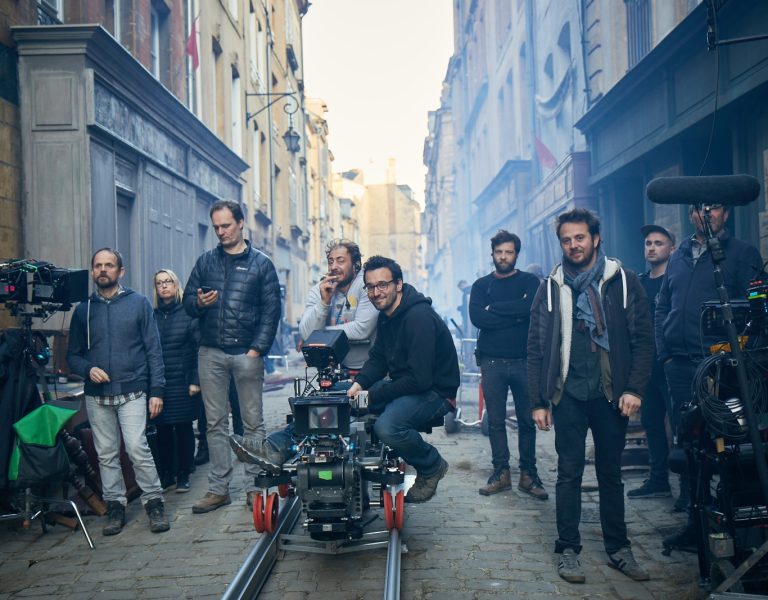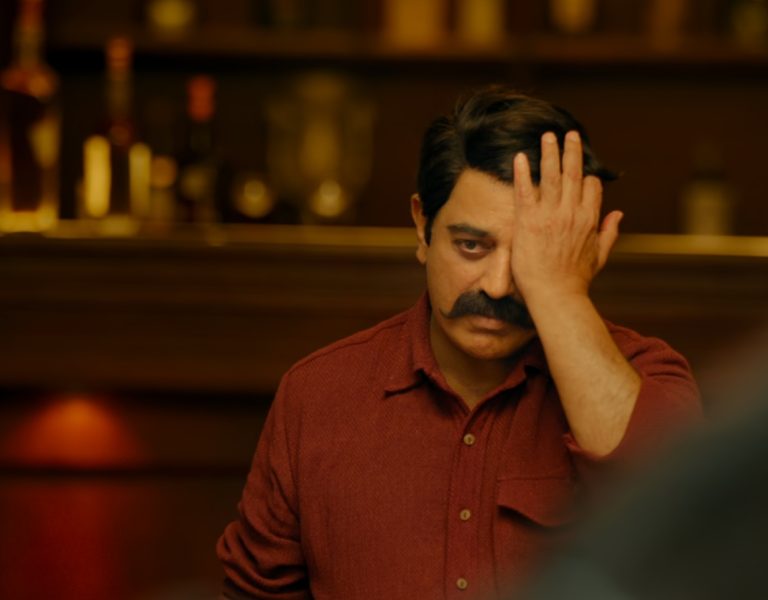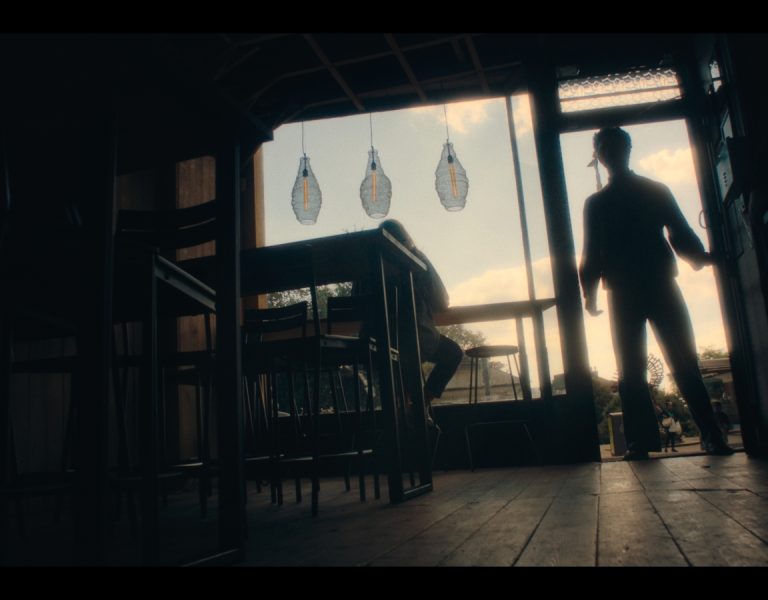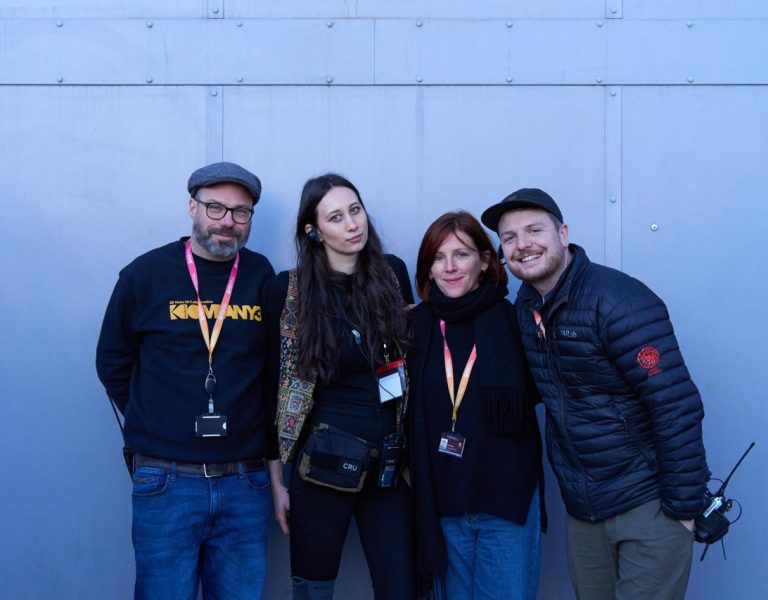The boys of summer
Twins Rémi and Raphaël are growing up – and growing apart. A summer in the mountains reignites their childhood bond, captured through Myriam Payette’s intimate lens.
Justine Martin’s documentary short Oasis is a honey-hued love letter to those halcyon summers of childhood which end all too soon; to sibling bonds that ebb and flow with age. The Canadian director’s subjects are two of her charges from her babysitting days: twins Rémi and Raphaël, now 14 years old (at the time of filming). Through a lens that blurs the boundaries between documentary and fiction, the audience is afforded an intimate window into the brothers’ shifting fraternal dynamics.
We first meet the brothers at a skatepark – a setting that bookends the film. Here, Rémi blossoms but Raphaël, who has a disability, is increasingly socially isolated. Soon, the grey ramps and gloomy urban skies give way to the lush Quebec countryside, where the brothers catch frogs, make a splash with their paddleboard, and get competitive over board games. It’s a picture of childhood bliss – but one that feels like it is coming to an end.
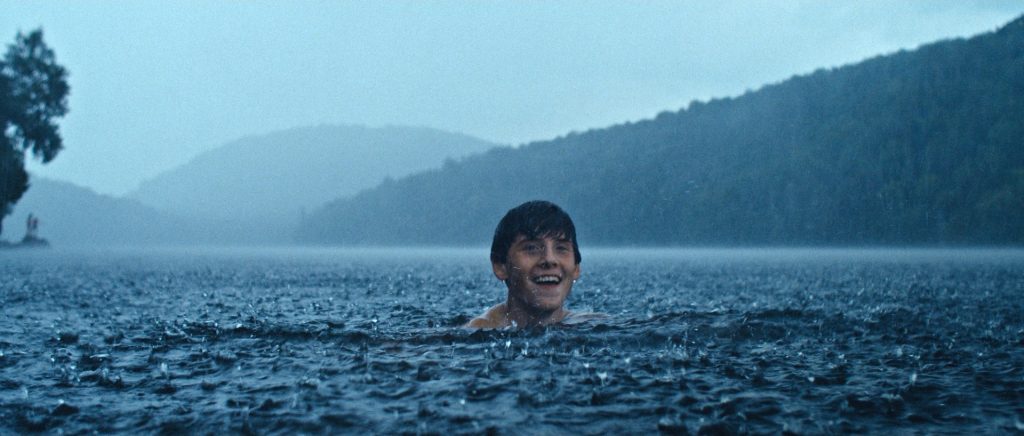
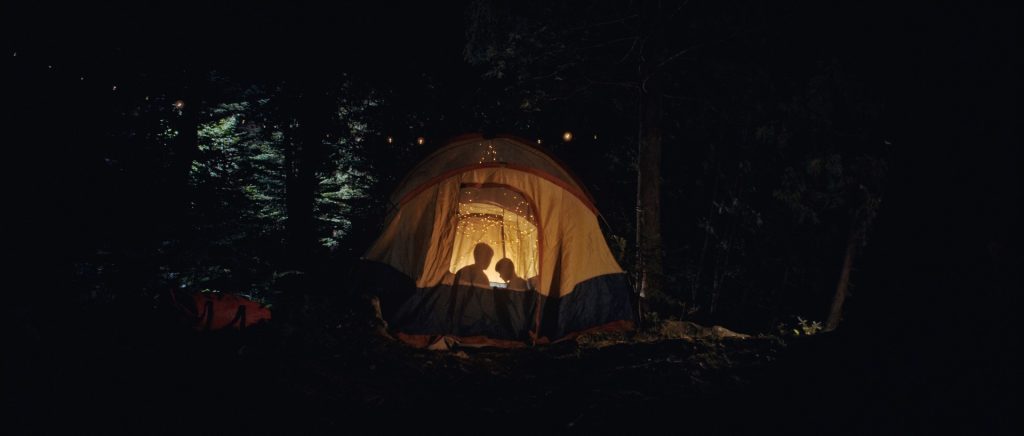
“Their story is so touching – so refreshing and full of love,” says Myriam Payette, speaking from her home in Montreal. The cinematographer is riding a wave of success: although Oasis is only her first project out of film school, it won her the Golden Frog in the Documentary Shorts category at Camerimage 2023. The film has also been longlisted for an Academy Award in the same category.
Payette met Martin through the latter’s partner, whom she’d worked with at university, and jumped at the chance to shoot the project when offered, over two years ago. For Payette, the story resonated with her own experience of siblinghood: “Like Justine, I have really fond memories of playing in the forest with my sister and having fun and having nothing to worry about.”
In prep, the pair decided to play with an aesthetic that combined documentary and fiction. “We wanted people to think it was fictional, but not too much,” Payette notes. She adds that some of the shots were storyboarded: “We had some sequences where we really knew exactly what we wanted. The scooters, the frogs jumping… there were a couple of events like that, where we prepared and they worked perfectly. But in the scenes where the boys were swimming, we were totally free – we couldn’t plan those.”
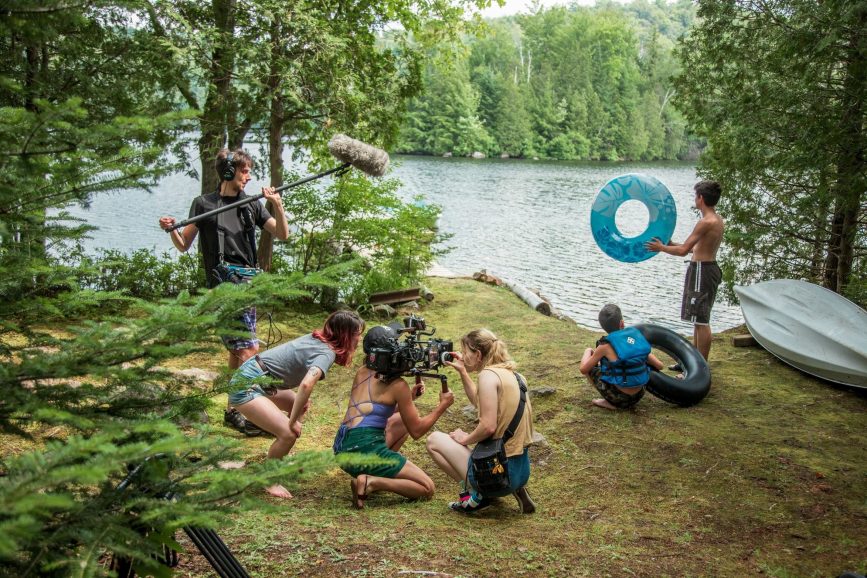
Director Martin expands: “I questioned myself a lot about the form and the different experience a viewer can have depending on if he is watching a documentary of a fiction film. I wanted the film to have the effect of a poetic wave on the viewers rather than bringing informative facts into the storytelling. To get this emotional resonance, I really worked on the creation of a universe proper to Oasis by defining a specific colour palette and storyboard. We really developed the mise en scène aspect by storyboarding every scene to ultimately give the sense that we are watching a fiction – and therefore getting carried into the story and the imagery.”
One reference they looked at was Jeremiah Zagar’s 2018 film We The Animals, shot by Zak Mulligan. “Sunlight is very present in this film,” says Payette. “The colours are different but the emphasis is on the natural light, and the camera is really free.” The DP largely shot with natural light, giving the documentary a nostalgic glow, and only used a couple of Astera tubes for interviews and a night scene.
Keeping the crew and kit compact was important when keeping the boys comfortable with the filming. As Rémi and Raphaël’s former babysitter, it helped enormously that Martin had an established rapport with the twins.
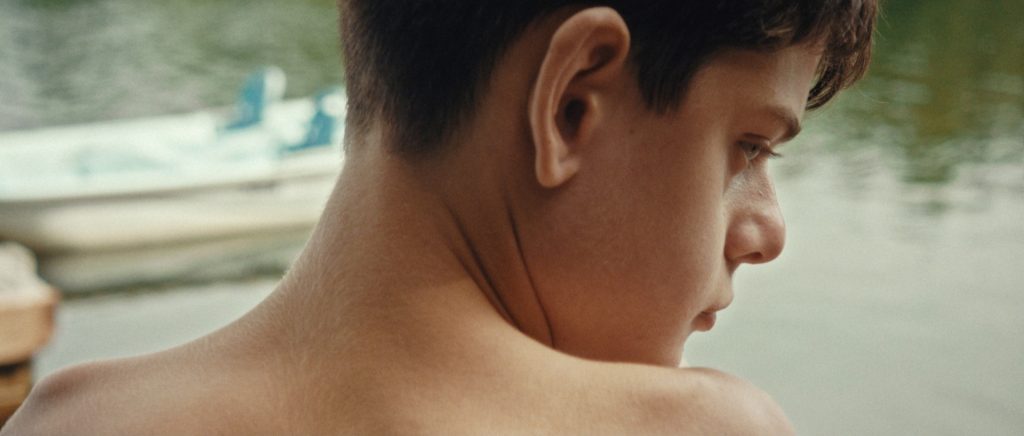
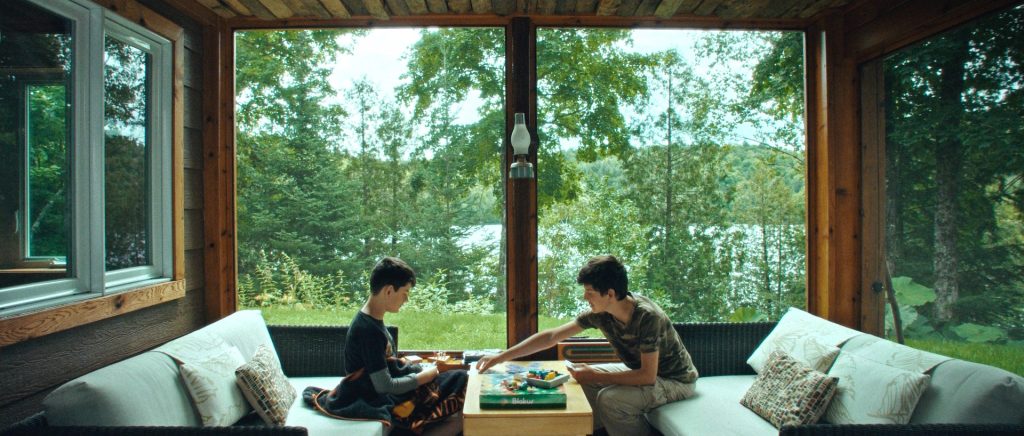
“To be sure they will feel comfortable and natural, we went to their house with Myriam several times before the shoot to do little activities with them with a camera and getting them used to it,” says Martin of their approach. “Since we were very prepared (storyboard, creative documents, etc.) it allowed us on set to really listen to what the twins were telling us and to have the freedom to adapt to what was happening (since it’s a documentary, there is an important unexpected aspect).”
Luckily they were unphased by the camera’s presence, and Martin tried to make the filming experience as holiday-like as possible: they’d film for a few hours each day, with other fun activities planned for the rest of the time.
Keen for a simple setup, Payette used the Blackmagic Ursa coupled with a vintage Angénieux zoom. (A Blackmagic Pocket 4K was also used, for the swimming scenes.) “I think it was a great combination with the vintage lens,” she says. “It was a really simple setup – no filters, just the polariser, we wanted to be as natural as possible. We were mostly handheld or on the tripod so we could really wait to see the moment unfold.”
The biggest challenge, as often happens, was time, especially when shooting at blue hour. “We were shooting in the small hours of the day. We had a lot of ambition there were a lot of sequences that we shot that aren’t in the movie and we really wanted to take the time to make each sequences properly, so time management was very important.”
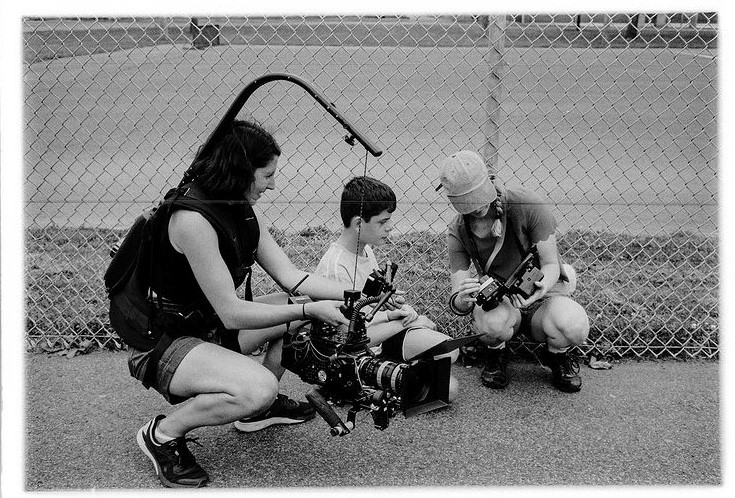
The shoot was otherwise hitch-less: “The team got along really well and I think the boys could feel that,” Payette says. “Justine was amazing to work with – she’s so patient and clear about what she wants, and her heart is always open. It was amazing to work with her.” She also credits the sterling work of her camera assistant, Cloé Lafortune.
Payette is especially proud of how their lighting efforts paid off. “I’m really happy with the light in the movie. It was a lot of planning, choosing the right moments at a certain time and the right place for every scenes. I love to do that in pre-production and it’s so nice when it works as well as you planned it! Saying all that, I try to always have my eyes open for special moments that could not have been planned, as always happens in documentaries.”
What does Martin think is the secret to her and Payette’s successful director-DP relationship? “The trust. And the preparation,” she summarises. “Myriam and I talked so much about Oasis before the shoot that we knew exactly what were our intentions. Especially in documentary, it’s important to establish a relationship of trust because the cinematographer is making creative choices. Myriam has a deep and beautiful sensitivity and she brought so much to the film. The power dynamic was very equal and we really challenged each other with ideas to make the best film possible. And I think that it’s very important that the director and the cinematographer (as well as the whole team!) enjoyed the whole process because I believe that we will feel all of this energy in the rushes and ultimately through the film.”
Next stop for Payette is a documentary about a colourful Cuban festival, Parrandas, and a narrative short in Morocco with director Yza Nouiga, shooting beginning of May. If you’re heading to SXSW, you can also catch her lensing of Amélie Harding’s short Hello Stranger at its premiere.
Watch Oasis now on the New York Times’ website.
